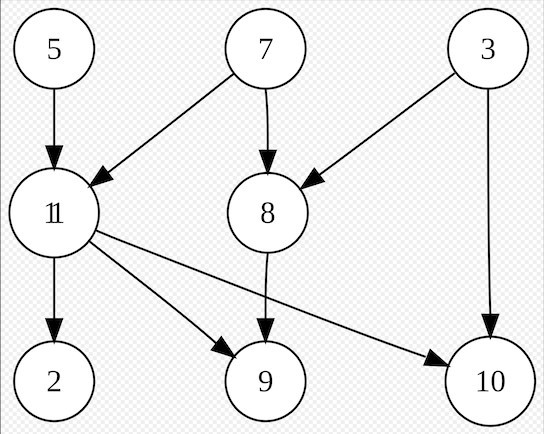
In formal terms, a directed graph is an ordered pair G = (V, A) where
• V is a set whose elements are called vertices, nodes, or points;
• A is a set of ordered pairs of vertices, called arrows, directed edges (sometimes simply edges with the corresponding set named E instead of A), directed arcs, or directed lines. It differs from an ordinary or undirected graph, in that the latter is defined in terms of unordered pairs of vertices, which are usually called edges, arcs, or lines.
The aforementioned definition does not allow a directed graph to have multiple arrows with the same source and target nodes, but some authors consider a broader definition that allows directed graphs to have such multiple arrows (namely, they allow the arrows set to be a multiset). More specifically, these entities are addressed as directed multigraphs (or multidigraphs). On the other hand, the aforementioned definition allows a directed graph to have loops (that is, arrows that directly connect nodes with themselves), but some authors consider a narrower definition that doesn’t allow directed graphs to have loops. More specifically, directed graphs without loops are addressed as simple directed graphs, while directed graphs with loops are addressed as loop-digraphs (see section Types of directed graphs).
In other words, a simple directed graph does not contain any loops, while any state can have multiple vertices (transitions) to multiple states. There can only be one transition from state N to state M, or visa versa.
Web: https://en.wikipedia.org/wiki/Directed_graph